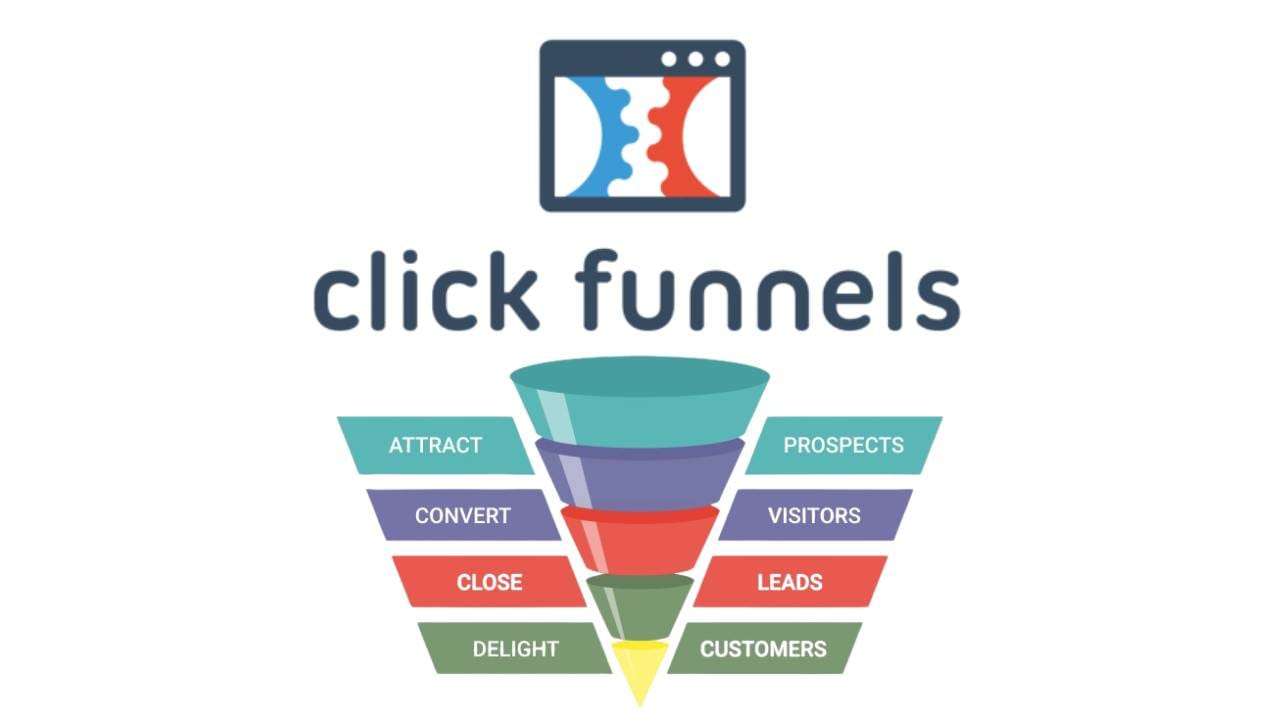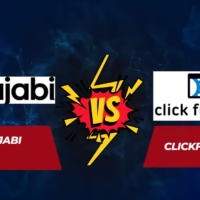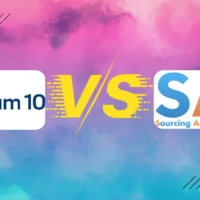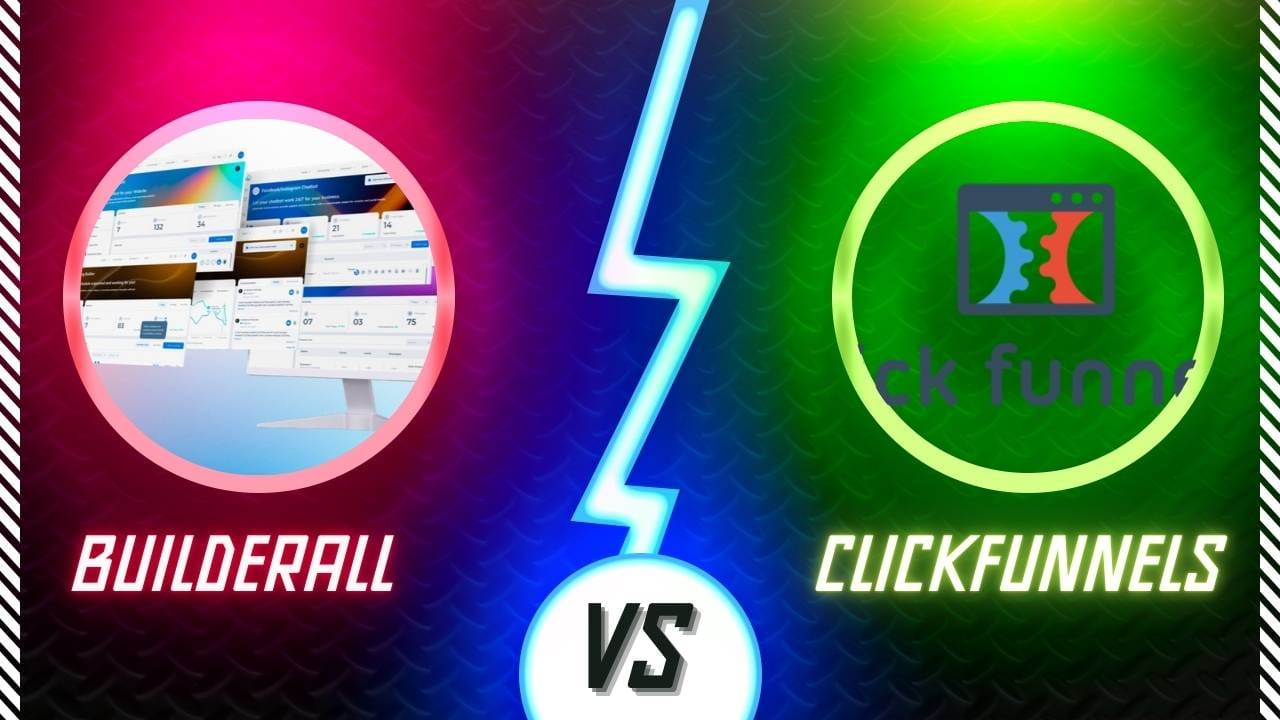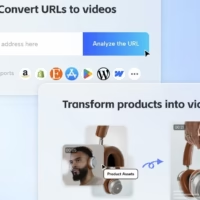Learn what Mailchimp is used for and how it transforms email marketing with powerful tools for automation, analytics, and more.
Table of Contents
What Is Mailchimp Used For: An In-Depth Guide
In the world of digital marketing, few tools have gained as much popularity as Mailchimp. Whether you’re a small business owner, a seasoned marketer, or an entrepreneur just starting out, Mailchimp has become a go-to solution for email marketing and beyond. This article explores what Mailchimp is used for, its features, benefits, and why it remains a top choice for businesses worldwide. We’ll also compare it to other tools like GetResponse to help you make an informed decision.
What Is Mailchimp?
Mailchimp is an all-in-one marketing platform designed to help businesses grow by managing their email marketing campaigns, automating customer journeys, and analyzing data for better decision-making. Initially launched as a simple email marketing tool, Mailchimp has expanded its capabilities to include:
- Marketing automation
- Website creation
- Social media integration
- E-commerce tools
- Customer relationship management (CRM)
Mailchimp caters to businesses of all sizes, offering free and premium plans that scale with your needs.
Core Features of Mailchimp
Mailchimp’s robust feature set makes it a versatile tool for various marketing activities. Below are its key features:
1. Email Marketing
Email marketing is at the core of Mailchimp. The platform allows you to:
- Create professional email campaigns with drag-and-drop editors.
- Use customizable templates for different purposes, such as newsletters, promotions, or announcements.
- Segment your audience for targeted email campaigns.
2. Marketing Automation
Mailchimp’s automation features save time and improve engagement by sending personalized messages triggered by user behavior. For example:
- Welcome emails for new subscribers
- Abandoned cart reminders for e-commerce businesses
- Follow-up emails after purchases
3. Audience Management
Mailchimp functions as a lightweight CRM by helping you manage your audience effectively:
- Collect and organize subscriber data.
- Segment audiences based on demographics, behavior, or preferences.
- Use predictive insights to understand customer lifetime value and purchasing trends.
4. Landing Pages and Website Builder
Mailchimp’s website builder lets you create:
- Landing pages for lead generation
- E-commerce websites with shopping cart functionality
- Portfolio or blog sites
5. E-commerce Integration
Mailchimp integrates seamlessly with popular e-commerce platforms like Shopify, WooCommerce, and Magento. Features include:
- Product recommendations
- Purchase follow-up emails
- Revenue tracking from email campaigns
6. Analytics and Reporting
Detailed analytics are crucial for improving your marketing strategies. Mailchimp provides:
- Open and click-through rates
- Conversion tracking
- Revenue reports from campaigns
7. Social Media Marketing
In addition to email, Mailchimp helps you run ads and organic campaigns on social media platforms like Facebook, Instagram, and Twitter. You can even schedule posts and track performance.
Benefits of Using Mailchimp
Mailchimp offers several advantages that make it a favorite among marketers. Let’s explore these benefits:
| Benefit | Explanation |
|---|---|
| Ease of Use | Intuitive interface and drag-and-drop features make it beginner-friendly. |
| Scalable Pricing | Free plan available, with affordable paid options for growing businesses. |
| Automation | Saves time and ensures consistent customer engagement. |
| Versatility | Covers email, social media, and website marketing needs. |
| Integration | Works seamlessly with popular apps and platforms. |
Comparing Mailchimp with GetResponse
While Mailchimp is a powerful tool, it’s not the only option. GetResponse is another leading email marketing platform that offers similar features. Let’s compare the two:
| Feature | Mailchimp | GetResponse |
|---|---|---|
| Email Templates | Wide range of templates | Extensive template library |
| Automation | Basic to advanced workflows | Advanced workflows with webinar integrations |
| CRM Features | Lightweight CRM | More advanced CRM tools |
| Pricing | Free plan available; premium plans start lower | No free plan; paid plans start slightly higher |
| Free Trial | Available (Sign up here) | Available (Sign up here) |
For those who need webinar capabilities or advanced CRM tools, GetResponse may be the better choice. However, Mailchimp excels in affordability and ease of use, especially for beginners.
How to Get Started with Mailchimp
Starting with Mailchimp is simple. Follow these steps:
- Sign Up: Visit Mailchimp’s website and create a free account.
- Set Up Your Audience: Import your email list or create one from scratch.
- Design Your First Campaign: Use the drag-and-drop editor to create an engaging email.
- Automate: Set up automated workflows, such as welcome emails.
- Analyze Results: Use analytics to track performance and optimize future campaigns.
When to Choose Mailchimp vs. GetResponse
If you’re wondering whether to choose Mailchimp or GetResponse, consider the following:
- Choose Mailchimp if:
- You’re a beginner looking for an affordable, easy-to-use tool.
- You need basic email marketing and automation features.
- You want a free plan to start small.
- Choose GetResponse if:
- You’re an advanced marketer needing webinar capabilities.
- You require advanced segmentation and CRM features.
- You’re managing large-scale campaigns.
Conclusion: Is Mailchimp Right for You?
Mailchimp is a versatile marketing platform ideal for small to medium-sized businesses and individuals looking for an easy entry into email marketing. Its wide range of features, from email automation to website creation, makes it a valuable tool for marketers. With its free plan and scalable pricing, it’s accessible to businesses at all stages.
If you’re exploring email marketing tools, don’t forget to check out Mailchimp’s free trial and compare it with GetResponse’s offerings to find the best fit for your needs. Both platforms provide exceptional value, but the choice ultimately depends on your specific requirements.


